This NYTimes article brings up some interesting questions about hacktivism and whether or not it’s a form of protest. I think for many, it’s hard to be sympathetic to the LulzSec/Anonymous crowd with their taunts and adolescent antics, but the idea that many of these young people echo protesters of the 60s who may have been naïve in their understanding of the gravitas of their actions. More interesting to me is how LulzSec and hacktivism can develop into a social movement, tapping into youthful angst in the current zeitgeist in this era of diminished expectations in the West.
I’ve been thinking about LulzSec as a social movement that uses social media to tell the tale of their exploits and get the word out. Last year, Malcom Gladwell asserted that social media takes away from real social change, fostering a lazy form of “one click” activism::
“The evangelists of social media don’t understand this distinction; they seem to believe that a Facebook friend is the same as a real friend and that signing up for a donor registry in Silicon Valley today is activism in the same sense as sitting at a segregated lunch counter in Greensboro in 1960.”
Gladwell was unmoved by the events of the Arab spring, remaining skeptical of social media’s impact. I think what’s missing isn’t just the content of the communication, but the meaning of it and what it does to people psychologically. Social media can be empowering, creating {dare I say} tipping points from social contagion. In other words, people seeing large numbers supporting a cause acting as a motivator that goes beyond low commitment acts.
Hacktivism has a draw as a counterculture, given it’s a movement {evident in social media} and has the objective of pushing back on the power structures—often with adolescent churlishness. Perhaps the computer makes the seduction easier, since one doesn’t have to go outside and don a balaclava. Consequences seem remote, akin to the pirating of IP. In the Times article, Professor Spafford of Purdue was skeptical that the arrests last weeks will make a difference::
“A whole bunch of people were angry, they didn’t really think about whether it was legal or not. It never entered their minds. This was kind of the equivalent of a spontaneous street protest, where they may have been throwing rocks through windows but never thought that was against the law or hurting anybody.”
The allure is empowerment through destruction for a cause. It isn’t all destruction, though. The legal targeting of PayPal in a boycott, due to not allowing Wikileaks to collect donations, will be interesting to watch. While it may not result in any real change, it may be part of a meaning system that attracts more followers and emboldens them, perhaps in the spirit of a Palahniukian Fight Club.
While the Toronto G20 protests serve to remind us that even lawful assembly can get you locked up, I wonder if in the wake of that, counterculture activists are rethinking their strategies. Will there be an allure of civil disobedience behind a proxy IP? Disrupting the communication technologies we’ve all grown reliant on, in order to bring attention to their cause or block the powerful’s media access through denial of service attacks.
I think it’s early days to make any statements about whether or not social media is a bust when it comes to social movements. I don’t think there is a restriction on what types of activities can be fostered with social media, so the beliefs that it cannot spawn anything requiring commitment and that it takes away from “real” social movements seems premature. While hacktivism may seem distasteful, I feel it can develop into a decentralized counter culture movement that delights in destroying the house of cards of data we’re all dependent upon.
I’ll leave you with two thoughts. It will be hard for governments to control the activities of people, particularly as computer security knowledge diffuses and when there are sufficiently large numbers of people acting together simultaneously or relentlessly. The former narrows the information asymmetry between user and law enforcement and the latter is contagion overwhelming the order. We live in interesting times.

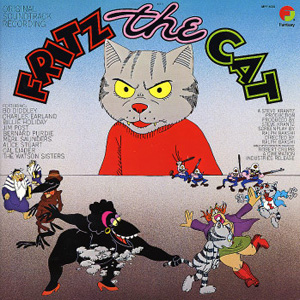
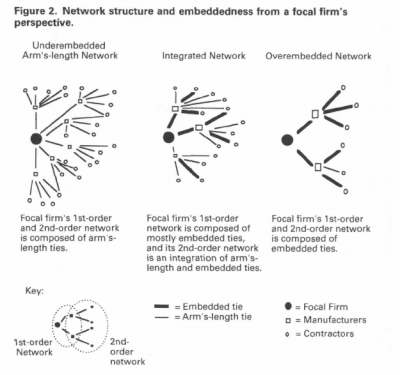
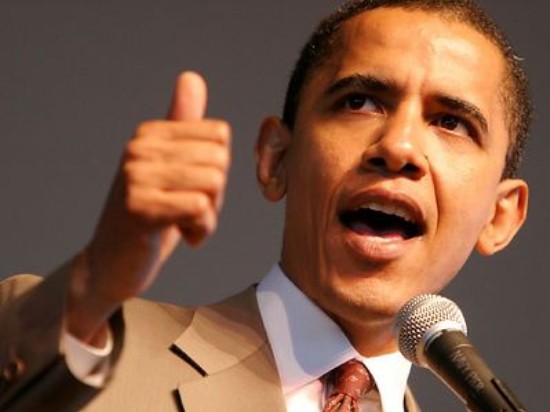
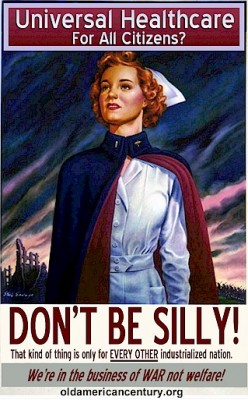
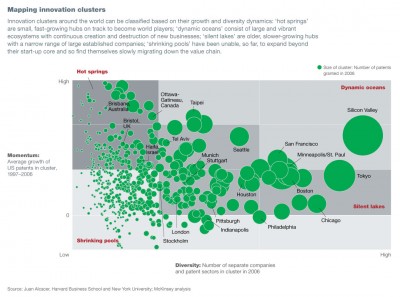
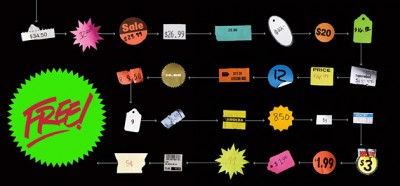 Macleans had two articles on the buzz generated by
Macleans had two articles on the buzz generated by